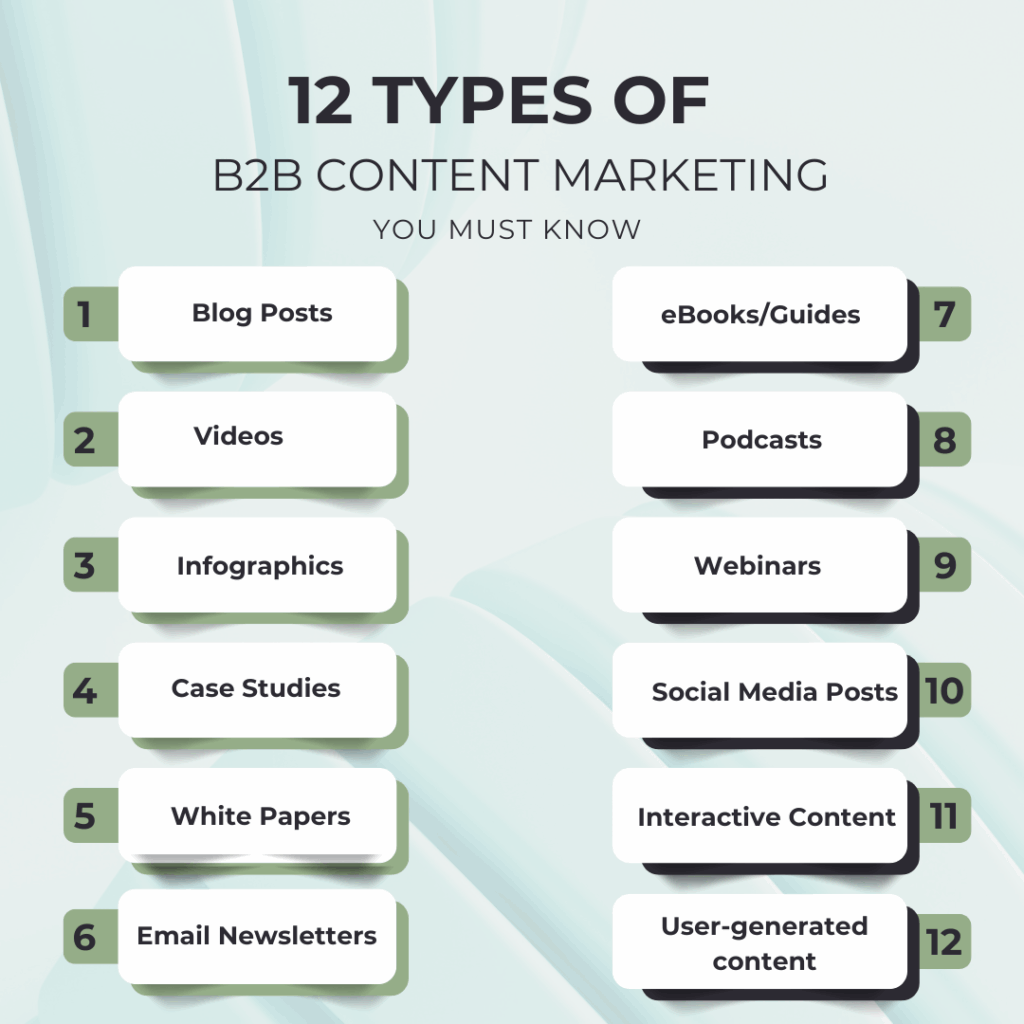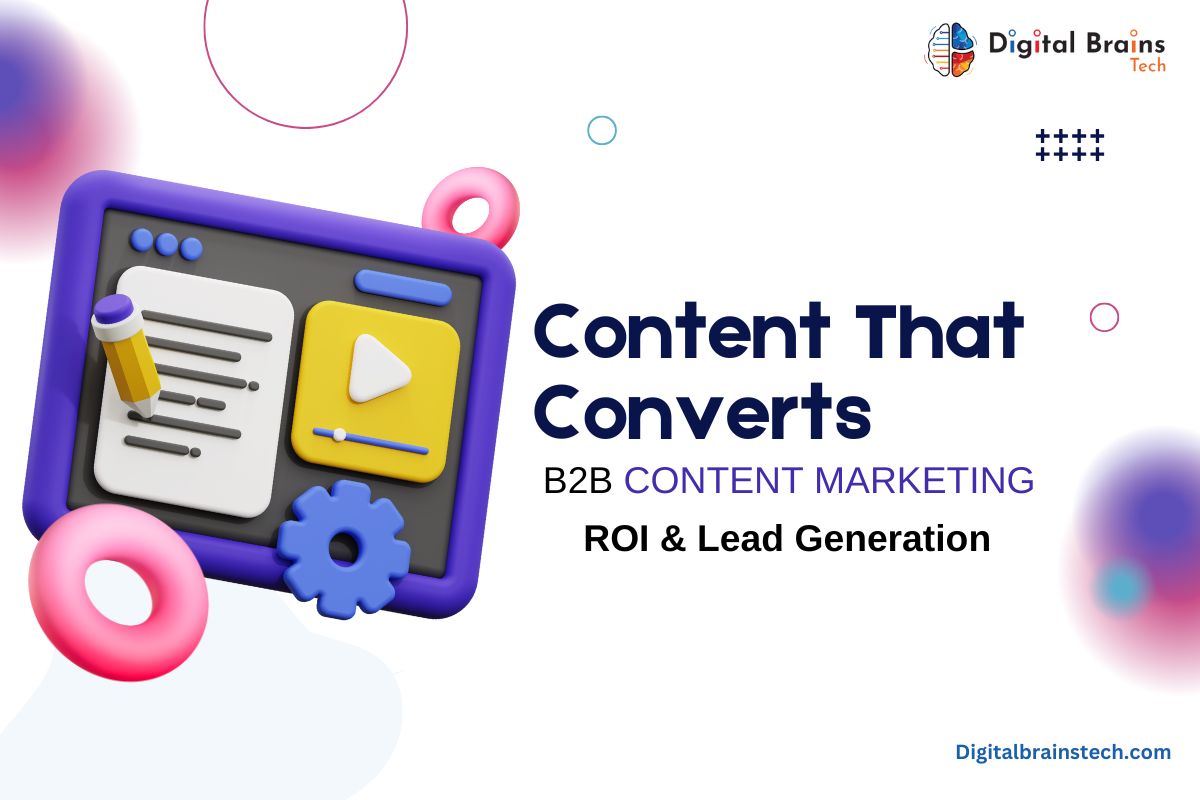What is Content Marketing?
Creation and distribution of valuable and engaging content is content marketing. As we step into a new era shaped by evolving customer expectations and content marketing trends, businesses must adapt their messaging to stay relevant. Expressing an idea, explaining a concept, or creating a material to convey a message; all are examples of content creation. In digital marketing, articles, blog posts, videos, social media posts, podcasts, and infographics are forms of content.
The ultimate goal of a content marketing strategy is to attract and engage the audience so that they take action. To receive action from your readers/audience, you must provide useful and entertaining content. It not only encourages brand loyalty but also supports your business growth. Offer them-
- Knowledge
- Entertainment
- Inspiration
Content Marketing Example to Understand
Nike’s ‘Da Da Ding’:Celebrating Indian Women Athletes
Their video wasn’t just an advertisement, but acted as a manifesto celebrating the strength and resilience of women on and off the field.
Marketing and Its Impact: The video content turned into a movement, driving brand loyalty without focusing directly on product sales. It connected perfectly with its audience and became a cultural moment that was capable enough to inspire countless women to pursue sports (with confidence).
Why is Content Marketing Important?
Grabbing people’s attention is all the game. Brands are spending a whopping amount on advertisement, content marketing, and digital marketing services in the USA to ‘be seen.’
Let us know why-
- Improved Search Engine Visibility: High-quality and relevant content can boost your website’s ranking. You can begin with high-quality guest post services for your readers and engage them on different platforms.
- Increased Brand Awareness: Valuable and engaging content increases brand visibility and awareness. Hence, building trust with customers and a strong brand reputation.
- Lead Generation: Addressing users’ needs and challenges in your content is a way to generate leads for your business. You can attract potential customers and encourage them to provide their contact details to access more valuable resources.
- Establishing Thought Leadership: A cybersecurity company publishes free checklists, PDFs, and blogs about staying safe online. Most of them don’t even ask for contact information up front. People see them as experts, and when they need a paid solution, this company comes top of the list. It is because they have earned trust by giving free, helpful content consistently to users.
- Building Customer Relationships: Help first, sell later. There is already information overload all around. Too many opinions, options confuse buyers. Write content that answers their questions, gives them solutions to their pain points, and simplifies complex decisions. In this way, you can become a trusted advisor to them.
How Can You Prove ROI on Content Marketing Services?
“It is not sufficient to say, ‘We got more website visitors.”
Before measuring ROI, it’s necessary to understand the benefits of content marketing. Good content is directly connected to business outcomes. The company invests in content marketing services to get more deals, faster deals, and cheaper CAC. They can’t directly benefit from high traffic or vanity metrics. Content ROI is about attracting qualified leads, educating buyers, answering objections, and reducing customer acquisition cost (CAC).
Influencing the pipeline, reducing and accelerating deals
Step 1: Track high-impact KPIs
Ahead of likes, views, focus on metrics that leadership and sales care about.
- Check how much revenue was gained by content.
- Check through blog CTA conversions, gated assets, and more.
- Analyse average deal velocity, it means was your content able to reduce the sales cycle? Good content educates, informs, personalised the experience, shortens the sales cycle, and improves the conversion rates.
Pro tip: Use tools like HubSpot, Dream Data to attribute content to revenue stages.
Step 2: Use Attribution Models that Reflect Reality
Single-touch attribution underrepresents the value of the content.
The investment in the top and mid-funnel content, like guides and blogs, can be justified with the help of the models below.
- First-touch attribution: Role of content awareness.
- Multi-touch attribution: Shows nurture impact.
- Self-reported attribution: “What made you book?”
Step 3: Show Content ROI Like a Growth Channel
Content is not only supportive, but you must frame content as revenue-generating. See below for examples.
- “Content-driven email campaigns led to a 40% rise in subscription renewals.”
- “Case studies resulted in a 25% higher conversion rate as compared to last year.”
12 Types of B2B Content Marketing You Must Know

Digital content marketing comes in different forms. Take a look at some of them mentioned below-
- Blog Posts
- Videos
- Infographics
- Case studies
- White papers
- Email newsletters
- eBooks/guides
- Podcasts
- Webinars
- Social media posts
- Interactive content
- User-generated content
How to Use Content Strategy to Increase B2B Lead Generation?
The best content is that which answers sales objections and questions. If possible, structure your organisation in such a way that the marketing and sales teams work together. The best B2B content helps them handle buyer doubts and objections before and during conversations. So, you can write
- Objection-handling PDFs (compare your product with other ones)
- Quick-reference guides (mentioning services, key features and competitive advantages, and the best ways to respond to tough questions over calls).
- Industry-specific one-pagers (summarise the benefits of your solutions for specific industries).
Begin with buyer intent in mind:
You can win on this only when you know your audience, their preferences, pain points, and needs. Use tools like Btandwatch to know where your audience is, where they hang out, what hashtags and phrases they use, and most importantly, what type of content they consume.
Pro Tip: Your audience wants to see themselves finely represented in your content and feel special as it was made with them in mind.
Map content to funnel stages:
Every might have a bundle of good content ideas, but the catch is that you need a comprehensive content marketing strategy to stand ahead in your competition.
The right keywords bring the right results:
Finding only high-volume terms is not the required keyword research. Map keywords to specific stages of the buyer’s journey. Take a look at the following bifurcation of finding keywords as per the marketing funnel.
- Top of the funnel: Educational and problem-aware keywords.
- Middle of the funnel: Solution-aware and comparison keywords.
- Bottom of the funnel: Product-specific and buying-intent keywords.
Tip: If you analyse that your audience consumes video content, then invest in that.
Put CTAs on an Island:
CTAs can be anywhere in the content; they must not be mixed into long sentences or buried inside big paragraphs. They should be visually separated. For example, you write a blog on content marketing services and use jargon terms. New users need to learn about terminologies; what is CTA, what is plagiarism? So, you can interlink all these types of terms to your other content to provide comfort to the user on a single blog only. Copy that stands on its own stands out.
Repurpose for scale:
Content format is different for varied platforms. For example, LinkedIn ranks carousel, for a short video, is best for a Q&A session. Repurposing content to increase efficiency and reach is important. Use in the following format-
- Evergreen and educational content-60%
- Conversion-based and sales enablement content- 30%
- Thought leadership and experimental formats- 10%
You can repurpose-
- Blogs to email snippet, LinkedIn carousel, and short videos.
- Webinars to blog summary, audio podcast, and 60-second teaser clip.
- eBooks to blog series, cheat sheet, or sales one-pager.
Tip: Align your content (all forms) with sales for better results.
The Bottom Line
Content marketing is a marathon. Follow the mantra, “Create, distribute, measure, and repeat.” It is not just about selling. Effective content includes storytelling, building relationships with readers, connecting with them, and inspiring them to take action. So, unleash your creativity; or better yet, team up with a digital marketing agency in USA that understands how to turn great content into real business growth. Your audience is hungry for stories. So, write well, market well, and entertain them.
Also Read Content Mapping




